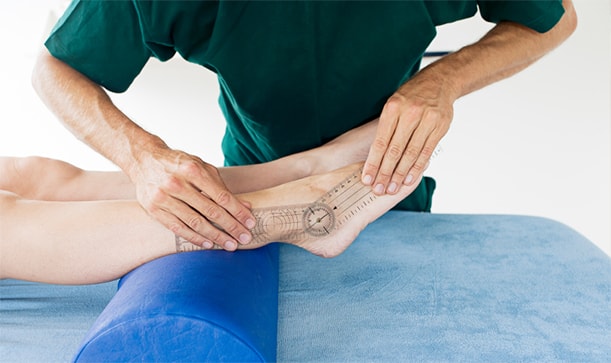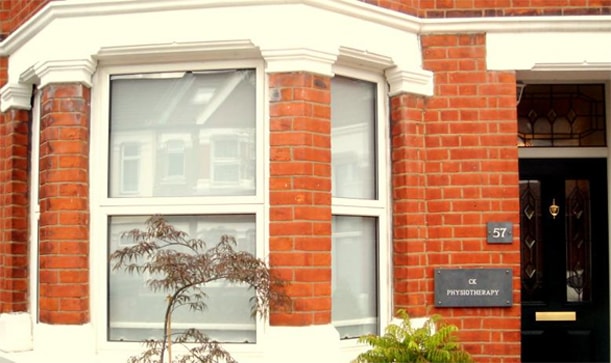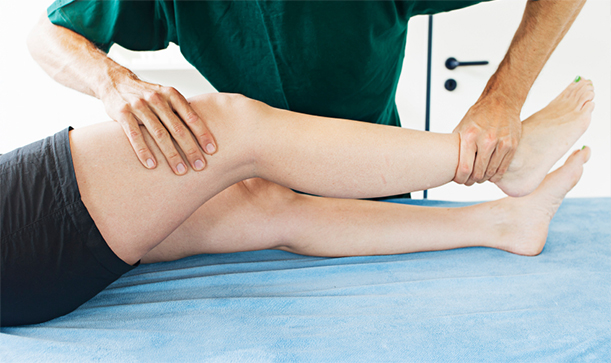CK Physiotherapy
AREAS COVERED
W7, W5, W13, Ealing, West London
57 Elthorne Avenue
Hanwell, W7 2JY
T: 020 8566 4113
M: 079 572 46185
E: info@ckphysio.co.uk
Location / Parking
We are situated in Hanwell, between Boston Manor Road and Northfields Avenue, south of the Uxbridge Road.57 Elthorne Avenue
Hanwell, W7 2JY
There are parking restrictions Mon - Fri 9-10am and 2-3pm. If you need a permit during this time please inform your therapist when you arrive. There are no parking restrictions at other times.
Opening Times
Please phone the number above during working hours to make an appointment. Our reception service will be happy to book your session.
London Underground / Bus Services
London Underground
10 min. walk from Boston Manor Tube Station.
15 min. walk from Northfields Tube Station.
Bus Service
E8, E3, E2, 207, 607, 83
Request Call Back
Our Blog
Physiotherapy Methods: Soft Tissue Mobilisation Therapy
By: admin Date: Aug 23rd, 2022When you hear the term soft tissue, you can’t help thinking about all your squishy bits!
In part, this is true, as soft tissue is the tissue within your body that’s not hardened or calcified such as bones, and teeth.
These tissues connect, support and surround bone and internal organs to help us move and function freely.
But what treatment may you need if you injure these tissues?
They may be soft but can seriously be damaged, and the pain is excruciating.
The following article will explore soft tissue mobilisation under the following:
- - What is soft tissue mobilisation?
- - Conditions soft tissue mobilisation can treat
- - Techniques involved in soft tissue mobilisation treatment
- - The benefits of soft tissue mobilisation physiotherapy treatment
- - How to seek physiotherapy advice for soft tissue damage
What is soft tissue mobilisation?
The term "soft tissue mobilisation" is often used interchangeably with the term "therapeutic massage."
Soft tissue mobilisation is a type of massage that uses slow, sustained, and deep movements to stretch the muscles and other soft tissues in the body.
Used to treat injuries and pain, soft tissue mobilisation treatment is performed by a professional, licensed physiotherapist.
Soft tissue mobilisation can be used for a variety of purposes including:
- - Reduce friction
- - Stimulate tissue regeneration
- - Stretch and lengthen fascia
- - Release muscle tension
- - Enhance muscle function
- - Break up scar tissue in muscles, ligaments, tendons, and fascia
The main goal of soft tissue mobilisation is to improve mobility and flexibility in your joints and increase your blood flow.
Conditions soft tissue mobilisation can treat
There are many medical conditions soft tissue mobilisation treatment is good for but first, let's see what soft tissue injuries there are.
Common soft tissue injuries:
- - Sprains
- - Strains
- - Contusions
- - Stress injuries
Soft tissue injuries occur through direct trauma or when your muscles are abnormally tense. Thus, causing pain, weakness, restricted range of motion and skeletal misalignment.
Soft tissue mobilisation is good for both upper and lower extremities, plus your neck and back.
Upper extremity soft tissue conditions:
- - Frozen shoulder
- - Carpal tunnel syndrome
- - Tennis/golfer’s elbow
- - De Quervain’s tenosynovitis
- - Tendinitis (biceps and rotator cuff)
Lower extremity soft tissue conditions:
- - Plantar fasciitis
- - Shin splints
- - Tendinopathy (patellar, Achilles, hamstring)
- - Tear in calf or quadriceps
- - Morton’s neuroma
Techniques involved in soft tissue mobilisation treatment
During soft tissue mobilisation, a professional physiotherapist has been trained to use a hands-on approach.
There’s a lot of kneading, pushing, and pulling, but we promise there’s a method to the madness!
For your physiotherapy treatment to be effective, some of the following techniques are adopted.
Soft tissue mobilisation techniques:
-
1) Friction Massage: Friction massage involves pushing across the grain of ligaments, tendons, and muscles to create deeper and more effective friction. Causing increased circulation and connective tissue regeneration.
-
2) Direct Oscillations: Adhesions can be caused by trauma, surgery, or scar tissue. This causes the tissues to become restricted in their movement and can lead to pain and discomfort. Direct oscillations involve pushing on the restricted tissue in a rhythmic manner with your hand or fingers.
-
3) Sustained Pressure: Also known as deep tissue massage. Use deep, slow strokes with sustained pressure directly on the area and hold the pressure for a certain amount of time.
-
4) Unlocking Spiral: Alternating direction (clockwise/counterclockwise), push the restricted tissue using a rotating motion.
-
5) Perpendicular Strumming: in a rhythmic fashion, you push along the muscle at a right angle, then rub the muscle at its top to release tension.
-
6) Strain-Counterstrain: Using passive positional release, this technique is used to alleviate muscle, joint and soft tissue tightness. After identifying pain points, they’re held in passive positions from 90 seconds to 3 minutes to relax the soft tissues and provide pain relief.
-
7) ASTYM - Augmented Soft Tissue Mobilisation: The technique involves a special plastic tool to aid the breakdown of scar tissues and promote tissue regeneration and the improved function of the muscle and joints.
-
8) MLD - Manual Lymphatic Drainage: A gentler method of soft tissue mobilisation, it uses specific manual techniques to target the lymph pathways. It’s effective for reducing swelling, inflammation, and pain.
The benefits of soft tissue mobilisation physiotherapy treatment
If you’re suffering from a soft tissue injury, it can be extremely painful and debilitating.
Therefore, soft tissue mobilisation is great for a variety of conditions and ailments, plus the benefits are many.
Benefits of soft tissue mobilisation treatment:
- - Reduce pain
- - Restore range of motion
- - Reduce swelling and inflammation
- - Improve function
- - Increase lymphatic flow
- - Improve circulation and oxygenation
- - Return to daily activities
Undergoing soft tissue mobilisation treatment can give you relief and freedom to enjoy life as it should be. Free from pain, restriction, and its effects.
How to seek physiotherapy advice for soft tissue mobilisation
When you’re in pain, you want the right advice, quickly!
At CK Physio, we’re here to help you heal and put you back on the road to recovery.
Soft tissue mobilisation has been shown to be effective in treating a number of different health issues, such as back, neck, shoulder pain and more.
Book an online session today, to discuss further, the possibility of soft tissue mobilisation treatment.
Our physiotherapists will be able to walk you through the process, plus answer any questions or queries you may have, regarding physiotherapy treatment.
Reduce muscle spasms, pain and swelling with soft tissue mobilisation techniques to manipulate and massage your muscles, joints, and connective tissues in your body.
Your online consultation can be scheduled at any time that suits you and from the comfort of your own surroundings.





